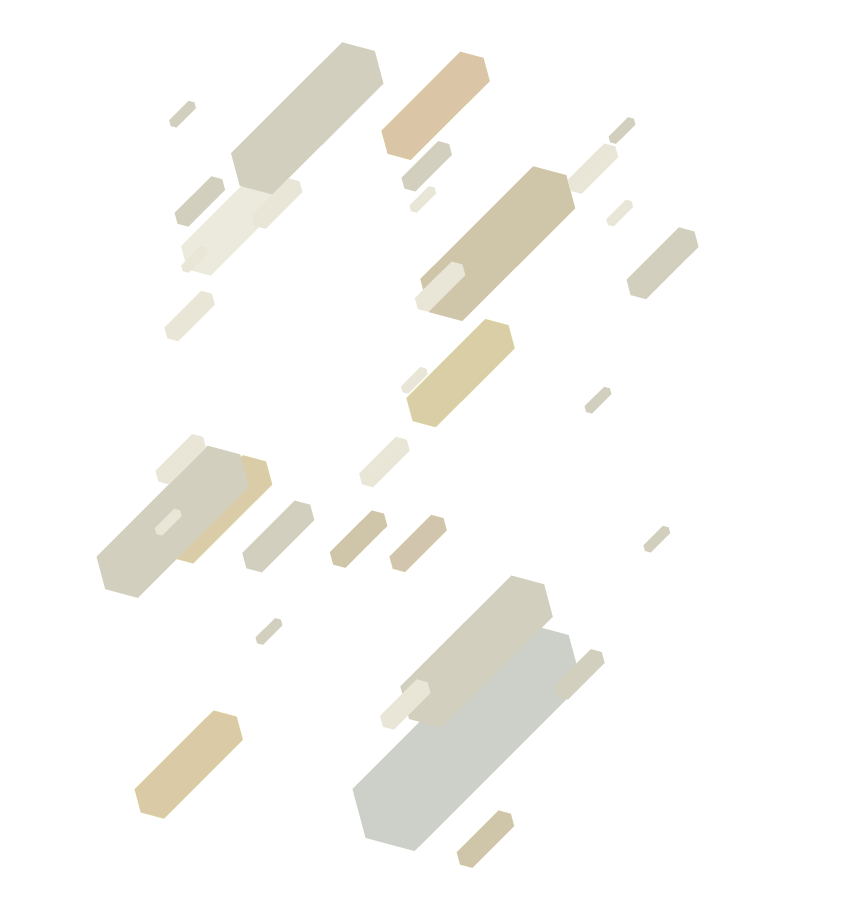


I was inspired to write a piece for wax cylinders by Adelajda Merchán-Drążkowska, an ethnomusicologist from the Ethnologisches Museum in Berlin, and by her sister, the pianist Barbara Drążkowska. It was obvious to me (though it may seem paradoxical) that for that first historical sound recording technique (from the 2nd half of the 19th century), using exclusively mechanical processes at both the recording and reproduction stage (a cylinder, a stylus, a gramophone horn, a spring), I should use an acoustic layer impossible to generate in those times. Most of the sound material in Wax Music are computer-generated sinusoidal sounds and their combinations, produced at the Computer and Electronic Music Studio of the F. Chopin University of Music in Warsaw in collaboration with Krzysztof Czaja.
The sounds were transferred from a laptop to the cylinders (via a loudspeaker, a horn and a stylus) in the Ethnographic Museum in Berlin, thanks to the technical support of Tobias Weber. The piano part accompanying the phonographs was written for Barbara Drążkowska and conceived as a strict dialogue with the music played back from the cylinders.
The composition was created in 2012 with financial support from the National Audiovisual Institute and premiered on 24 March 2013 in Brussels at the Ars Musica Festival. The cylinders wear off with every use; therefore each performance sounds different and the composition gradualy degrades alongside its own recording. I dedicate today’s performance to the memory of Andrzej Chłopecki.
Paweł Mykietyn




